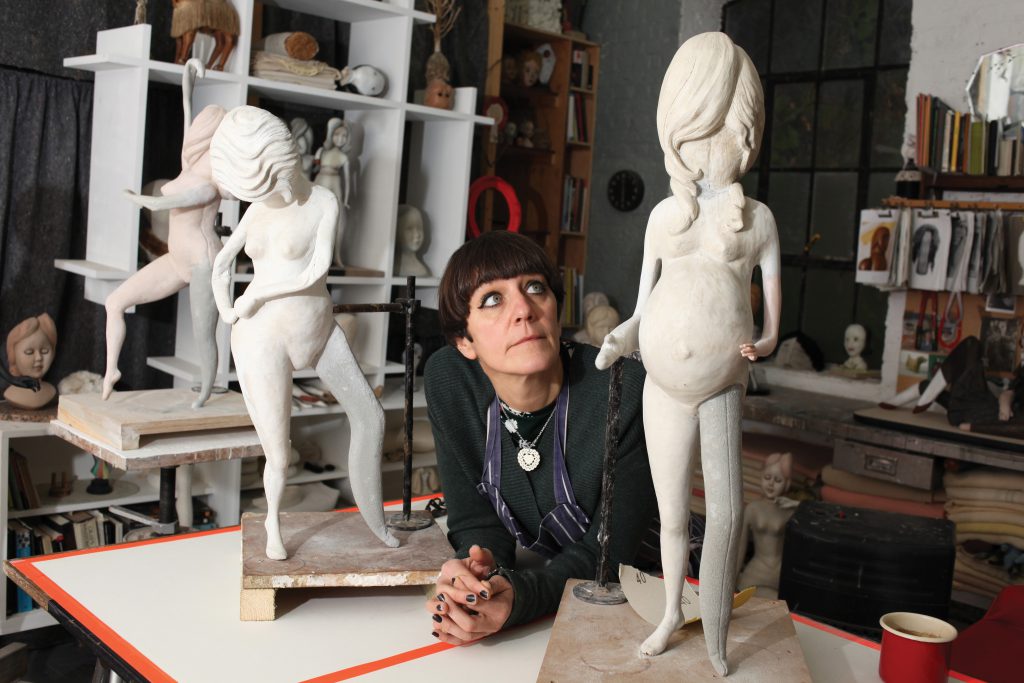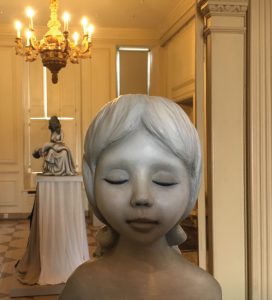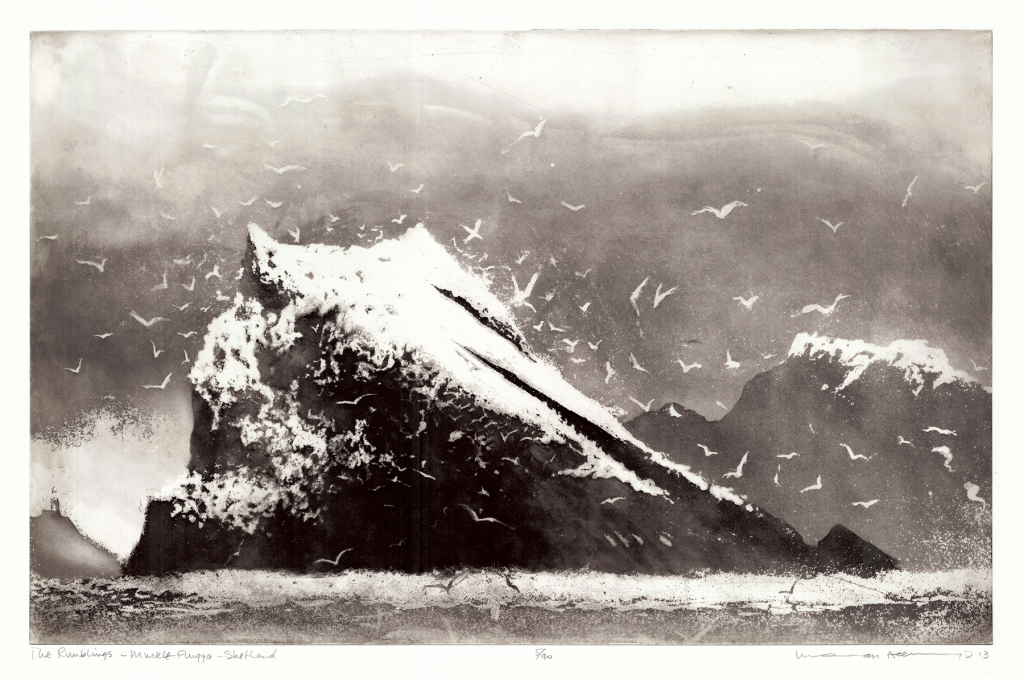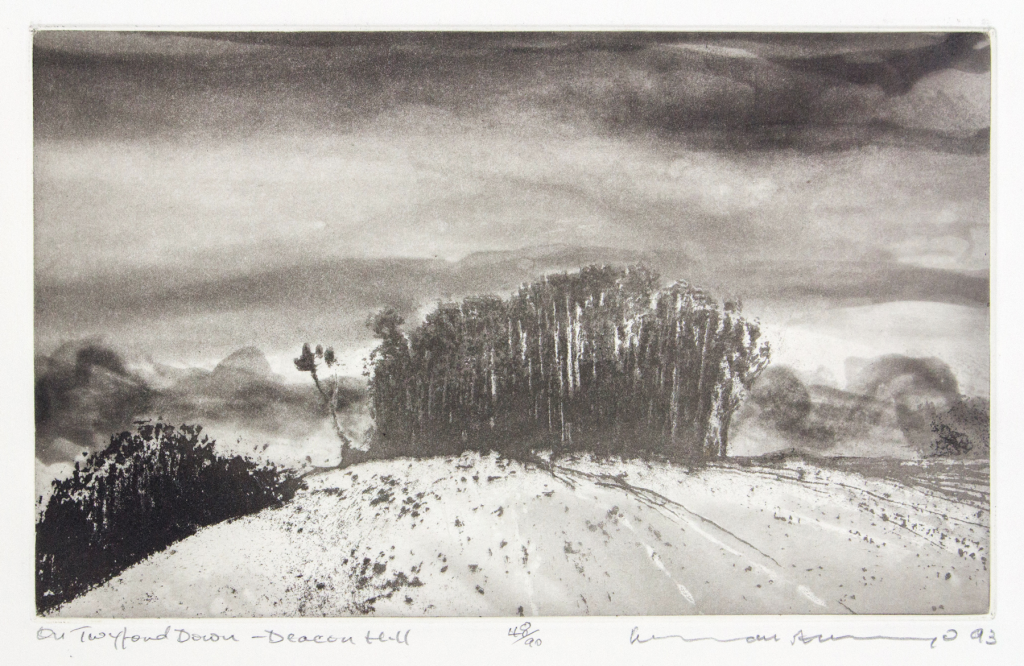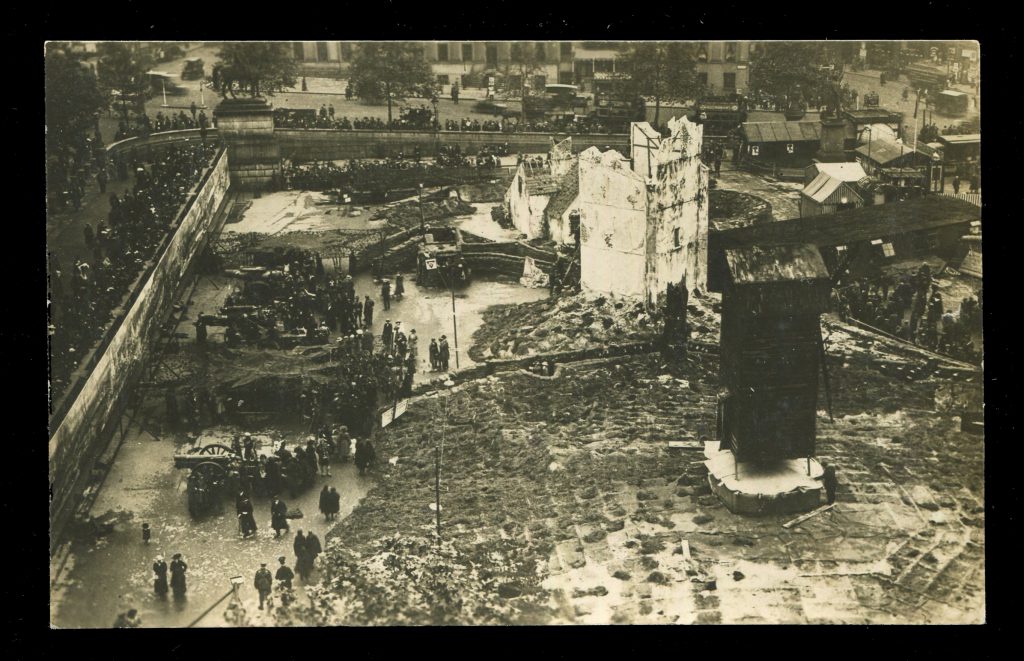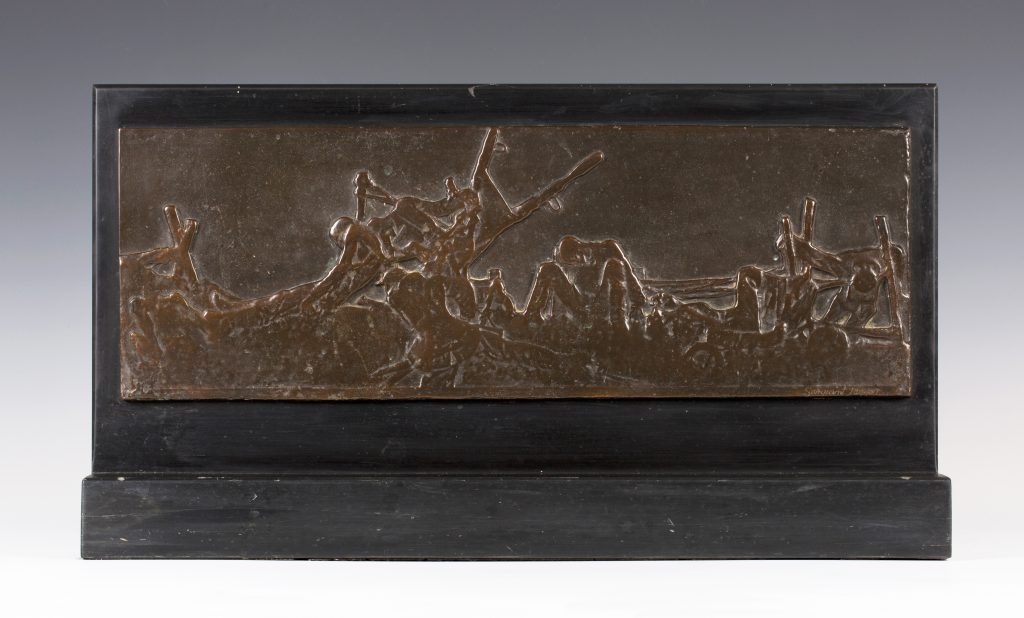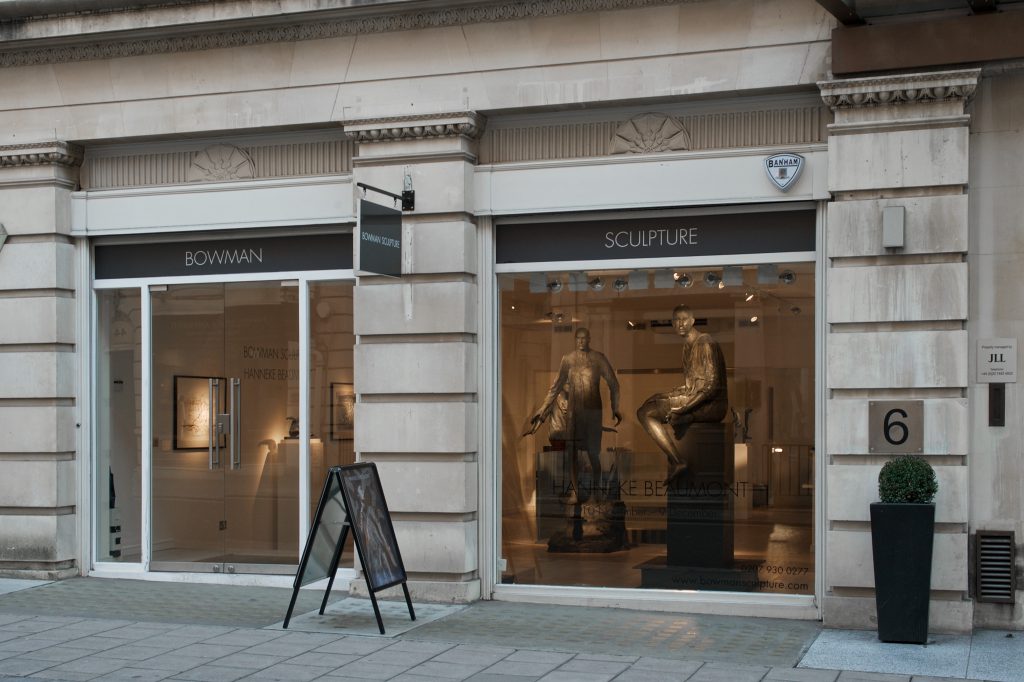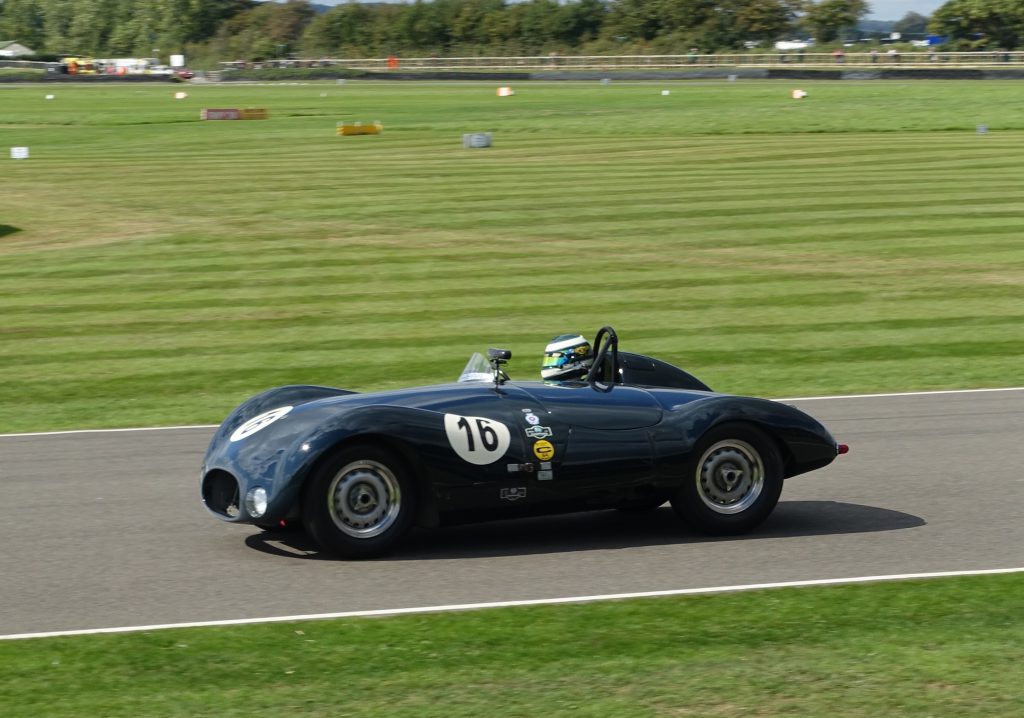
I am really excited, I’ve just booked my tickets for the 2019 Goodwood motor racing season’s 77th GRRC Members’ Meeting, Festival of Speed and Revival. Goodwood’s quintessential British motorsport events celebrate not only the best of historic racing but also the cutting edge and contemporary in the automotive world. It’s a winning combination here in heart of West Sussex.
Once again the historic racing season will open with the 77th GRRC Member’s Meeting on the weekend of 6th and 7th April 2019. The GRRC spring Members’ Meeting captures the atmosphere of the motorsport meetings at Goodwood in the 1950s and 1960s. This celebration of motor racing is exclusively for members of the Goodwood Road Racing Club (GRRC), and the GRRC Fellowship. It has its own unique atmosphere.
This member only event allows enthusiasts, drivers and car owners to mingle in the paddocks amongst the automobiles sharing what the Duke of Richmond describes as ‘a common passion’.
The reputation of the Goodwood’s Festival of Speed continues to grow attracting many of the world’s leading racing drivers and marques. As testament to this Tesla chose to debut its hugely influential Model 3 in the UK at the 2018 Festival of Speed against the backdrop of exotic machines hurtling up the famous hill climb. The best of British was also on display with Jaguar Land Rover, Aston Martin, McLaren and Rolls Royce all much in evidence. The 2019 Festival of Speed is scheduled for the 4th to the 7th July.
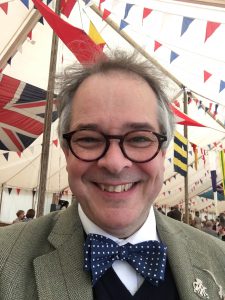
September’s Goodwood Revival has a unique and special quality to it attracting vintage outfits as well as cars. With my love of bowties, sports jackets and cords as my everyday attire I fit right in! The Revival celebrates the halcyon days of motor racing with the accompanying glamour of the 1940s, ’50s and ’60s.
At this year’s Revival Katarina Kyvalova, herself no stranger to Goodwood and historic motor racing, was once again driving her 1954 Cooper Jaguar T33 in the 25 minute Freddie March Memorial Trophy for sports cars made between 1952 and 1955. It’s the longest race of the weekend and Katarina’s performance once again provided a welcome reminder of the Cooper team’s competiveness and important place in sports car and Formula 1 motor racing. I love the purposeful, clean lines of the Cooper Jaguar T33, especially in British racing green.
Next year’s Revival will take place from the 13th to the 15th September 2019.
To find out more about the benefits of membership of the GRRC and GRRC Fellowship, how to join, and this year’s Festival of Speed, Goodwood Revival, and to book tickets go to www.goodwood.com/sports/motorsport. The 2018 Goodwood motoring season quickly sold out so don’t delay!
By Rupert Toovey, a senior director of Toovey’s, the leading fine art auction house in West Sussex, based on the A24 at Washington. Originally published in the West Sussex Gazette.
